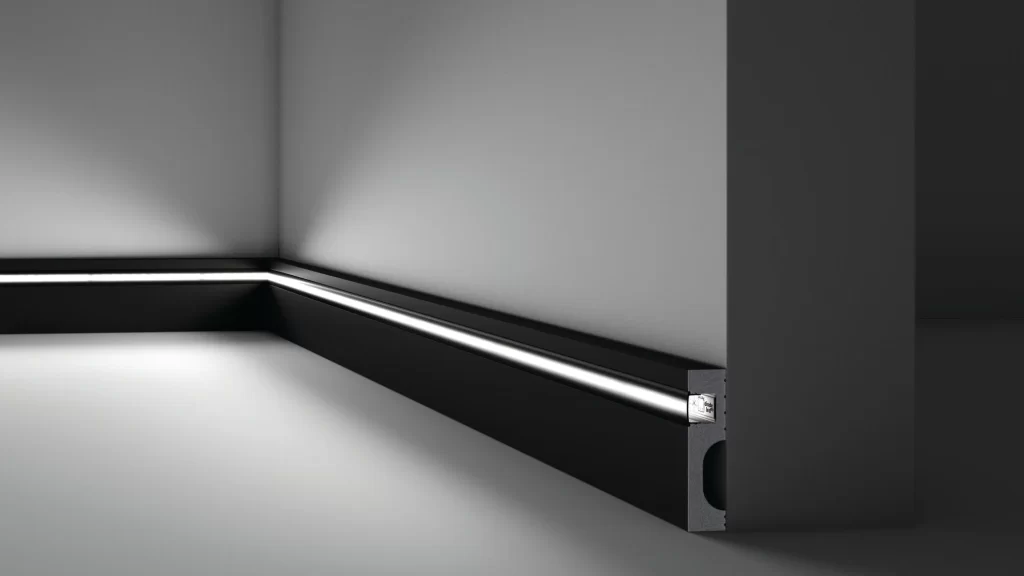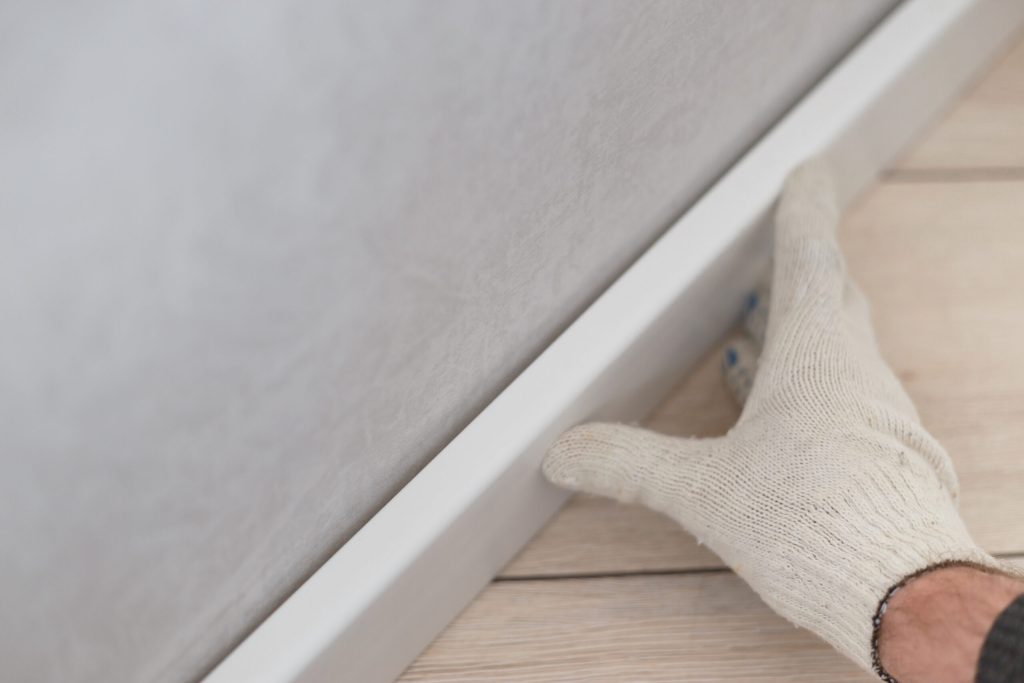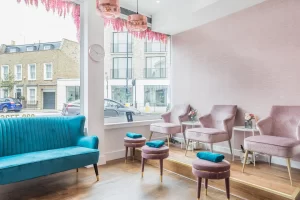
Skirting and architrave play essential roles in home design, contributing both functionally and aesthetically to the overall appearance of a space. These elements are often overlooked but are crucial for achieving a polished and cohesive interior. Here’s a deeper look into their purposes and benefits in the home design of skirting and architrave:
Skirting:
Skirting boards, also known as baseboards or base moldings, are installed at the bottom of interior walls where they meet the floor. They serve several key purposes:
- Protection: One of the primary functions of architrave and skirting is to protect the base of walls from damage. They act as a barrier against kicks, and abrasion from furniture, and vacuum cleaners, preventing unsightly marks and chips that can occur over time.
- Concealment: Skirting boards hide the joint between the wall and the floor, covering any unevenness or gaps that may occur during construction. This creates a neat and finished look to the room.
- Aesthetic Enhancement: Beyond protection and concealment, skirting boards contribute significantly to the overall aesthetics of a room. They come in various styles and profiles, from simple designs to ornate moldings, allowing homeowners to choose a style that complements their interior decor.
- Integration of Services: Skirting boards can also conceal wiring and cables that run along the floor, providing a tidier appearance, and ensuring safety by keeping electrical components out of sight and reach.
Architrave:
Architraves are moldings that surround doors, windows, or other openings within walls. They serve both practical and decorative purposes:
- Frame Definition: Architraves frame openings such as doors and windows, defining their boundaries within the wall. This framing effect enhances the architectural detail of the room, adding a sense of structure and refinement.

- Style Enhancement: Like skirting boards, architraves come in various designs and profiles that can complement different interior styles. They can range from simple, modern profiles to intricate, classical designs, allowing homeowners to customize their space according to personal taste.
- Transition and Continuity: Architraves help create a visual transition between the wall and the opening, ensuring a seamless flow throughout the room. They provide a polished look by covering the gap between the wall and the door or window frame.
- Historical Significance: In older homes and buildings, architraves often reflect the architectural style prevalent during the construction period, adding historical charm and character to the interior.
While often subtle, skirting and architrave are integral components of interior design. They offer both practical benefits, such as protection and concealment of imperfections, and aesthetic advantages, enhancing the overall look and feel of a space. Choosing the right skirting boards and architraves can significantly elevate the interior design, providing a finished, cohesive, and visually appealing environment.






